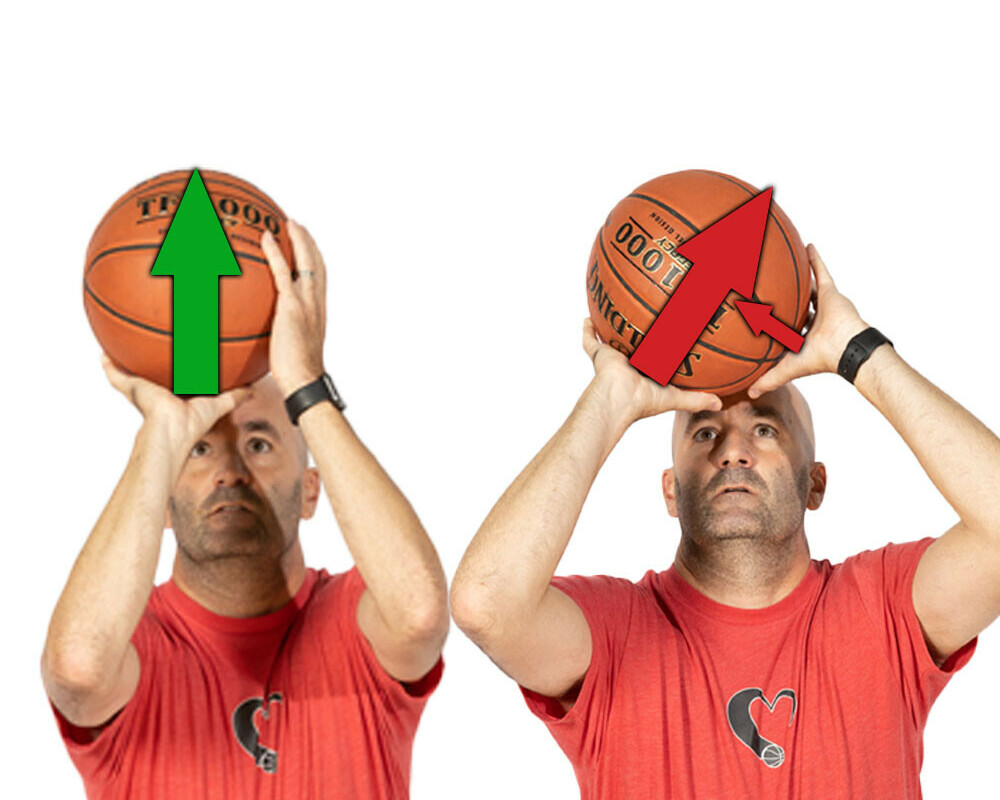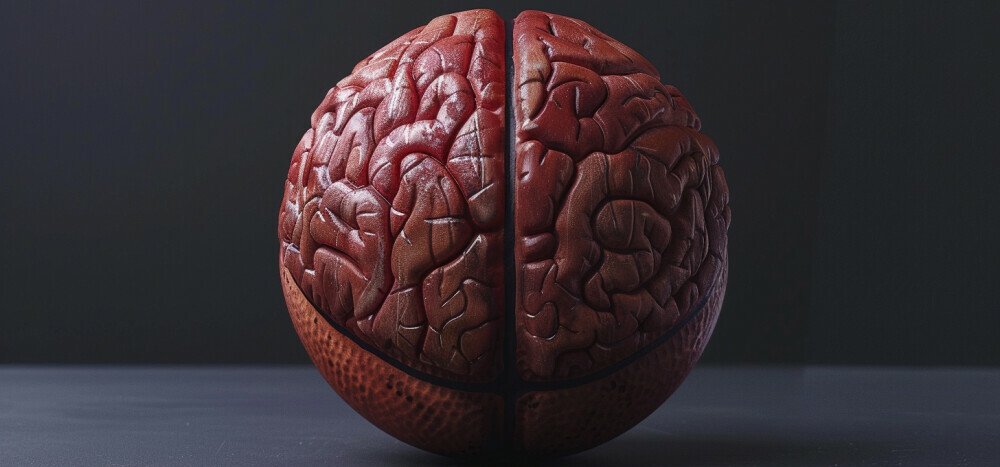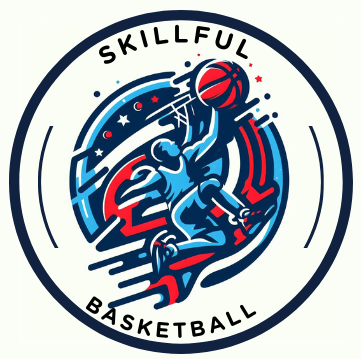
Imagine you’re standing at the free-throw line, the game’s weight resting on your shoulders. It’s not just about sinking the ball; it’s also about how you shoot it. I’m going to share some insights on why solid shooting form isn’t just fancy – it’s fundamental. Now, if you want to enhance your performance and avoid common pitfalls that even seasoned players encounter, it’s crucial to recognize the immense significance shooting form holds in basketball. Skilled shooters are not born; they are crafted through meticulous refinement of technique and consistent practice.
Your shooting form is paramount. It’s what can help you not only in scoring but also ensuring your play remains consistent game after game, year after year. Negligence in form can lead to poor shooting percentages and, in the worst case, injuries that could sideline your passion.
So, I’m here to help you understand the intricacies of perfecting your shot and the common mistakes you should aim to correct. Let’s get to it!
Focus #1: Body Alignment and Balance (Foundation)
I’m here to help you with body alignment and balance because they’re the underpinning of any good shooting form in basketball. You’ve probably heard coaches harping on ‘getting your feet set,’ but there’s a good reason for it. Proper foot positioning is what sets the stage for the entire shooting motion. If you want to up your game, start by checking your feet. Are they shoulder-width apart? Are they pointing towards the hoop? This isn’t just about comfort; it’s also about providing a steady base for your shot.
Now, let’s talk about posture. A straight posture isn’t just for looking good in your team photos. When you maintain a straight spine with your shoulders back and head up, you’re better equipped to shoot with power and precision. Don’t worry too much about feeling a bit robotic at first—once you get the hang of it, it’ll become second nature.
Squaring your body to the basket is another non-negotiable. Each part of your body from your feet to your shoulders should form a direct line to the hoop. If you’re twisting or leaning, your shot might end up going sideways—literally. You can always adjust your approach down the road, but starting with a squared position is crucial.
Ready to put it all to practice? Choose something that resonates with you: start with either your feet, posture, or positioning. Work on getting that right consistently, and then move on to the next. Remember, your first attempt doesn’t need to be your last—just don’t focus too much on perfection. Instead, aim for gradual improvement, and soon, you’ll find your form becoming more reliable.
Focus #2: The Shooting Arm (Mechanics and Precision)
I’m going to break down the essentials of the shooting motion, focusing on the arm mechanics. Your elbow’s positioning is crucial; it should be in line with your knee and directly under the ball. Misalignment here can send your shots off in unpredictable directions.
The significance of a consistent follow-through cannot be overstressed. Think of your arm as a catapult; where it points post-release is typically where the ball will head. This motion also adds the backspin needed for that soft touch.

You want to avoid the dreaded ‘chicken wing’—elbows jutting out, which disrupts your shot’s trajectory (as shown on the right hand side of image). This will lead to misalignment of your shot, and overall…a very awkward looking shot!
These mechanics are something you can always adjust your approach down the road. However, the sooner you implement these adjustments, the better your muscle memory will develop for more precise shooting.
Focus #3: Mental Preparedness (Success)
 So, you’ve been working on your foot alignment, perfecting your posture, and honing the mechanics of your arm movement. Now, let’s not forget a critical piece of the success behind every great shooter: your mind. Your mental approach to shooting has a powerful impact on your performance.
So, you’ve been working on your foot alignment, perfecting your posture, and honing the mechanics of your arm movement. Now, let’s not forget a critical piece of the success behind every great shooter: your mind. Your mental approach to shooting has a powerful impact on your performance.
Imagine you’re on the free-throw line, the game is on the line, and all eyes are on you. There is pressure that comes with that. Most people let pressure adversely impact their game as a noisy mind can throw off the most finely tuned shooting form. That’s where mental preparedness comes into play and is something that I recommend you really hone in on.
Practicing mindfulness can be as beneficial as your physical shooting drills. Techniques like visualization, where you mentally rehearse the ball swooshing through the net, can fortify your mental acuity and prepare you for in game (and high pressure) situations.
Consistency in your routine can also spell the difference between a miss and a smooth shot. Whether it’s three dribbles and a spin or a deep breath and a nod, a pre-shot ritual can be your beacon of consistency in the high seas of game-time pressure.
And for those moments when self-doubt creeps in, remember to stay confident. Your first attempt doesn’t need to be perfect. Basketball is a game of adjustments, both mental and physical. Confidence isn’t just about swagger; it’s about trusting the process and the practice that you have invested in your game. you’ve put in.
So as we wrap up things up here, remember that there are 3 critical components to become a great shooter and perfecting your form. Body alignment and balance, your mechanics of your shooting arm, and your ability to mentally prepare and have confidence in your shot.
Have questions? Drop them in the comments below.!

Great breakdown of the fundamentals, Kyle! Perfecting shooting form is indeed the cornerstone of basketball prowess. I appreciate your emphasis on the mental aspect too; it’s often underrated but can make all the difference in clutch moments.
One question I have is about the transition from practice to game-time pressure. How do you recommend players bridge the gap between honing their form in practice and maintaining composure during high-stakes situations in actual games?
– Scott
It all starts with being a great shooter…you can dribble circles around the “D”, but if you cannot shoot the ball properly, you aren’t going to get far. So it is key that at an early age there is a big focus on the shooting fundamentals and getting proper form down. This will lead to proper practice, which through reputation, will lead to high percentage shooting.
As for high pressure shooting, you have to emulate that in your mind during practice, and playing shooting games with others can emulate this, or setting shooting goals for yourself with a reward on one side, and a level of punishment on the other.
As an example, if you don’t make 8 out 10 free throws you have to run a set of lines, if you get 8 out of 10 or more, you can get a drink break. I have used those internal games for many years, and they have worked well when it comes to games as you are used to the internal pressure that you put on yourself.
Hi Kyle
I have learned a lot about this Body Alignment & Balance, Shooting arm and Mental Preparedness which make sense to me. This body alignment and balance how do you get it right in the heat of the moment when the game is on or does it only apply when you standing on free throw line. To me its like you can’t get it right when the game is one and you running.
Kind Regards
Richard
Yeah, without proper alignment (and as simple as it sounds), the ball is going to follow the path that your body positioned. If that is not precisely aimed at the rim, then your shot is going to be missing to the left or right much of the time.
And the mental side of the game is big. Basketball is a big game of confidence. If you are confident in your shot, they will go in at a much higher rate. That is why when you hear of a player being “on fire”, they feel unstoppable out there and that “mindset” leads to them scoring at a much higher rate. So mental is big!